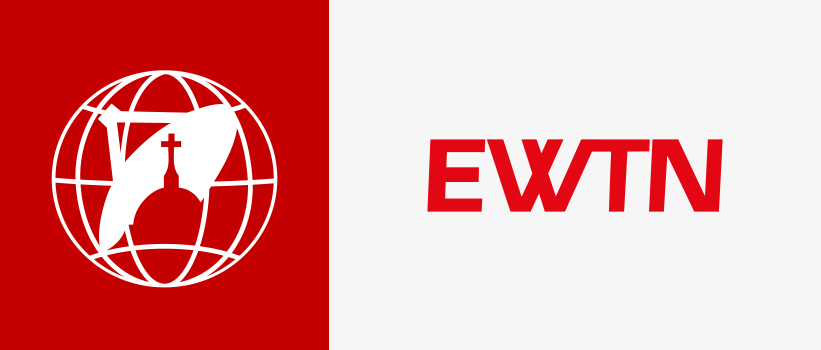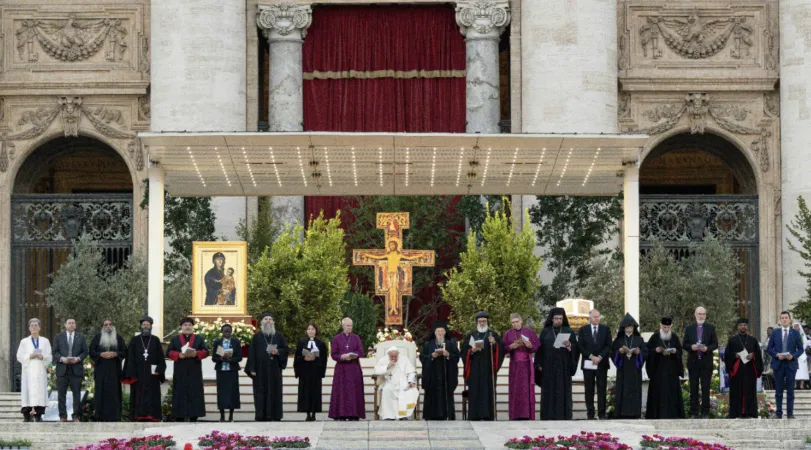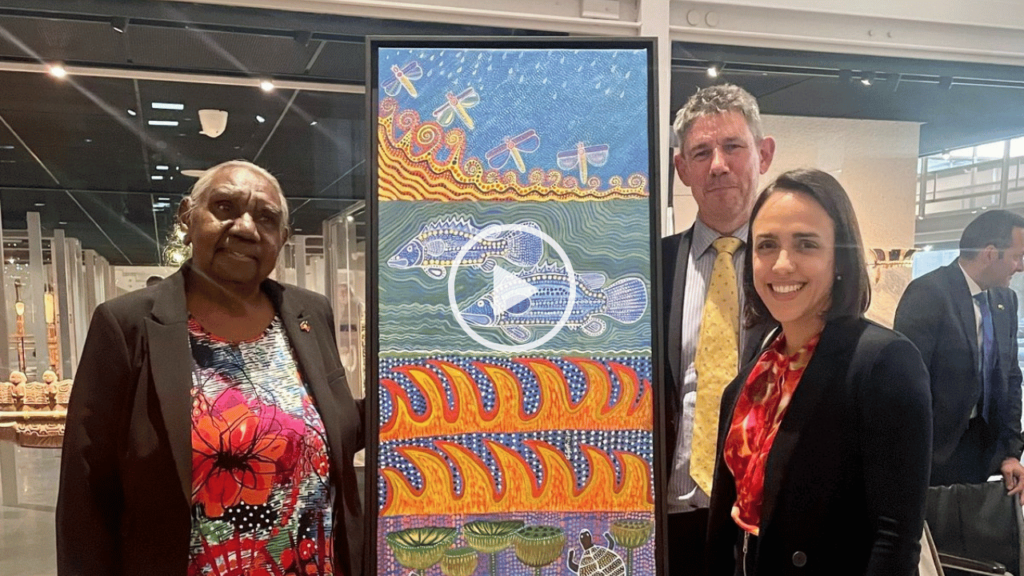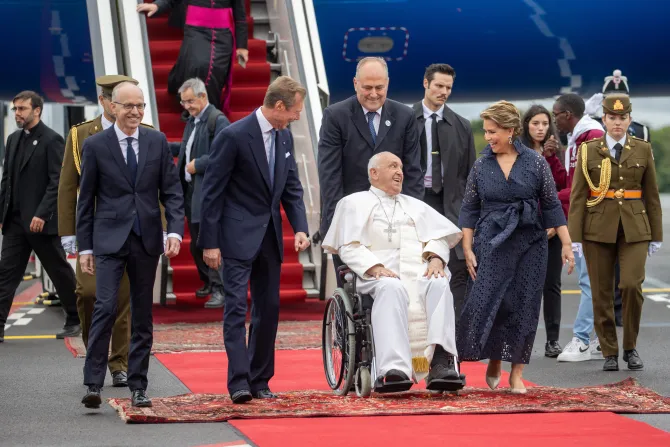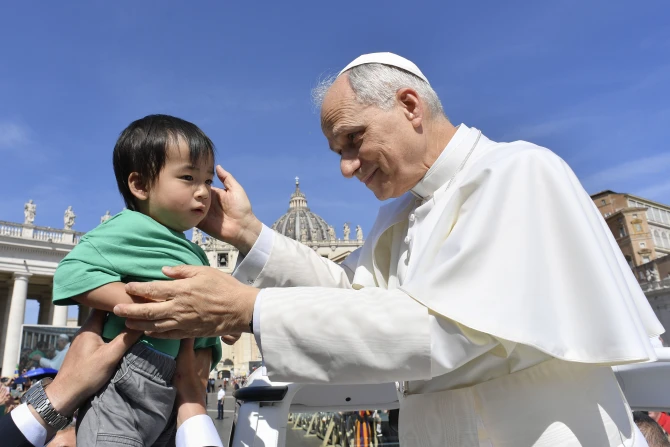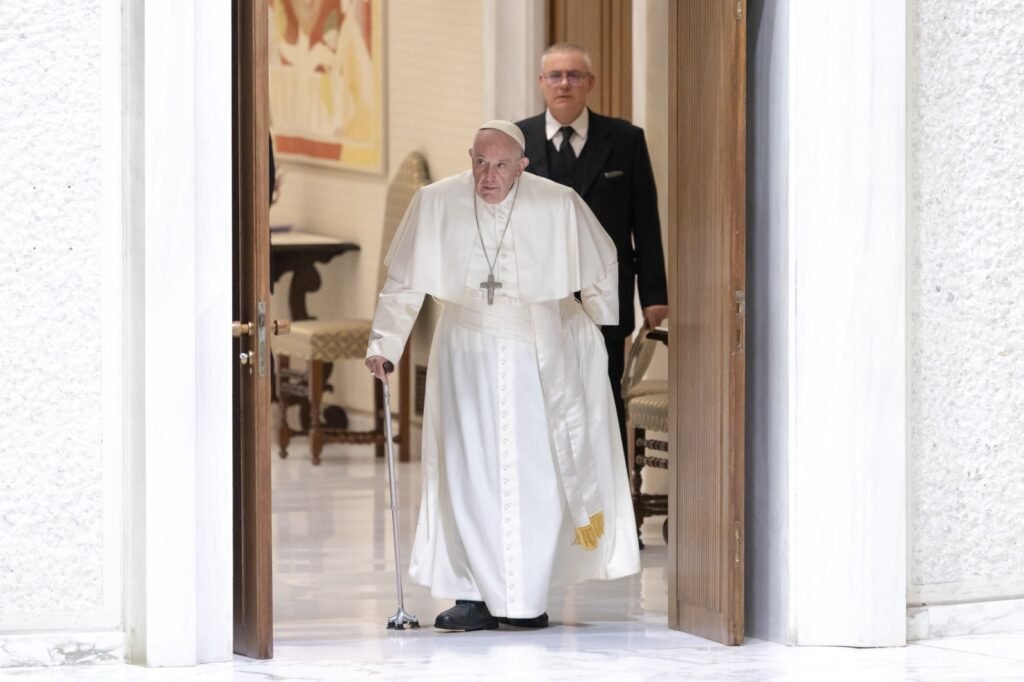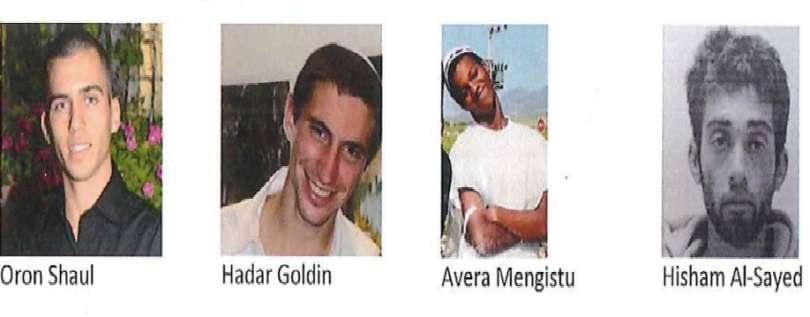A series of anniversaries is preparing us for 2025, a Holy Year and the 1700th anniversary of the first Ecumenical Council. Providentially, in 2025, the Easter celebrations according to the Gregorian and Julian calendars will coincide. Thus, in a year that also marks the 1700th anniversary of the first Ecumenical Council, the Council of Nicaea, Christians worldwide will celebrate Easter together, as if the Church were still undivided.
Although not the case, the progress in ecumenical dialogue made in recent years, significantly propelled by the Second Vatican Council, fosters hope for a smoother path to unity. As usual, during the Week of Prayer for Christian Unity, officials from the Vatican’s ecumenical department – starting with Cardinal Kurt Koch, prefect – published a series of articles outlining the state of ecumenical dialogue in all its facets. The year is full of anniversaries and challenges ahead of Nicaea.
For instance, the embrace between Paul VI and Athenagoras in Jerusalem on January 7, 1964, sixty years ago, and on December 7, 1965, the highest representatives of the Catholic Church and the Patriarchate of Constantinople met in the Patriarchal Church of St. George at the Phanar in Constantinople and in St. Peter’s Basilica to annul the mutual excommunications of 1054 (this year marks the 970th anniversary of those excommunications) and to remove the anathemas “from memory and from the midst of the Church,” so they no longer represent “an obstacle to the rapprochement in love”.
Cardinal Koch recalled Joseph Ratzinger’s, as a theologian, commentary on this event, emphasizing that the “symbol of division” was replaced by the “symbol of charity”.
Koch goes further, suggesting in a reflection that seems to prepare for discussions on Nicaea, questioning whether “one can really speak of a division of the Church between East and West,” since the date 1054 is “more symbolic than historical”, especially since “there was no schism in the true sense of the word between the East and West of the Church”.
This suggests that the separation was a historical process where theological issues played a part but were not decisive. This requires that the dialogue of charity be accompanied by the dialogue of truth, says the prefect of the Vatican’s ecumenical department, “which is the serious theological elaboration of the theological differences that are still a source of division, in order to make ecclesial and eucharistic communion possible”.
The major issue is “the different understanding of the ministry of the Bishop of Rome”, but even there, a common ground can be found, namely that Rome was considered the first see from the beginning.
Further development is expected based on the documents on Primacy and Synodality in the Second Millennium and the First Millennium, both issued by the Joint Catholic-Orthodox Theological Commission.
The path towards Nicaea develops on many common themes. One of these is the defense of human life, which was also at the heart of the joint declaration of Pope Francis and the Patriarch of Moscow Kirill in 2016. But it’s a theme that also touches on dialogue with the Jews, included, prophetically, as part of ecumenical dialogue and not as part of interreligious dialogue. Because, in the end, the direct derivation of Christianity from Judaism is recognized.
Father Norbert Hofmann, secretary of the Commission for Religious Relations with the Jews, emphasizes this common dialogue field, highlighting how for Jews and Catholics, human life must “be respected and protected in every form and in every condition. It must not be manipulated by man at his pleasure, because it simply does not belong to him. If man takes possession of life, he ends up taking the place of God, exceeds the limit that is his due and sets himself up as judge of life and death”.
Father Hyacinthe Destivelle looked at one of the most promising ecumenical dialogues, that with the Oriental Orthodox Churches, started twenty years ago. The Oriental Orthodox Churches recognize only the first three ecumenical councils and are therefore called pre-Chalcedonian, but they are the closest to the Catholic Church in theological terms. Indeed, the meetings, initially promoted by the Pro Oriente Foundation and held in Vienna between 1971 and 1978, laid the foundations for this dialogue, outlining the “Vienna Formula,” the christological agreement reached by theologians during the first consultation of 1971, which led to overcoming the controversy that arose around the Council of Chalcedon. Father Destivelle recalls that “the dialogue has so far adopted three important ecclesiological documents, reflecting the richness of the Christian traditions represented in the Commission (Coptic, Syriac, Armenian, Malankarese, Ethiopian, Eritrean, and Latin)”. The documents are: Nature, Constitution, and Mission of the Church of 2009; The Exercise of Communion in the Early Church and its Implications for Our Search for Communion Today in 2015; and The Sacraments in the Life of the Church of 2022.
This last one, notes Father Destivelle, is the “first ecumenical consensus document on the sacramental septenary”. Currently, the focus is on Mariology, and for the Nicaea celebrations, an event at the House of Mary in Ephesus, which was also one of the shrines involved in the rosary marathon against the pandemic launched by Pope Francis in 2021, is not excluded. At Ephesus, moreover, there was a council in 431 that defined it as the touchstone of Christian orthodoxy.
But how will ecumenical dialogue also develop with the other sister Churches? There is an organization, the Ecumenical Council of Churches, based in Geneva, which has received visits from Paul VI first and Francis later over the years. The Council represents a good part of the world’s Christian confessions, and the Catholic Church participates as an observer.
Father Andrzej Choromanski, in charge of relations with the Council, recalls that the group published in 2021 a report on “What do Churches say about the Church? Main findings and proposals to the Church: towards a common vision”.
Father Choromanski notes that “the report finds that the responses were largely positive: rather than diverging, the different Christian traditions agree on the vision of the Church, its nature, and its mission”. However, there is still work to be done on the concept of visible unity, the understanding of Church as communion and the meaning of the concept of mutual recognition, as well as the role of the different ministries in the Church, which also includes “the ordination of women, the integration of laypeople in structures and decision-making processes at local and universal levels, the possibility of closer collaboration in mission and evangelization; the pastoral consequences of mutual recognition of baptism between different Christian communities living in the same territory”.
At this point, the focus turns directly to Eastern Europe. What have been its initiatives in the year of synodality? Father Jaromír Zádrapa particularly recalled the visit to Rome of the Pan-Ukrainian Council of Churches in 2023, and the audience granted by Pope Francis on February 13, 2023, to a delegation from the Sulkhan-Saba Orbeliani University of Tbilisi (Georgia) led by H.E. Monsignor Giuseppe Pasotto, Apostolic Administrator of the Caucasus of the Latins, aimed at “offering academic teaching based on the principles of human dignity and freedom to better serve society. Some professors and the majority of the students are Orthodox”.
Then, Zádrapa recalls the visit of Cardinal Koch to Slovakia from March 28 to 30, 2023, where he touched Košice and Prešov, where he was received “by the Orthodox Archbishop of Prešov and Metropolitan of the Czech and Slovak Lands, His Beatitude Rastislav. Finally, in Bratislava, Cardinal Koch met with representatives of the Ecumenical Council of Churches in Slovakia”.
During 2023, visits to Cardinal Koch included the Metropolitan Nikolay of Plovdiv, of the Bulgarian Orthodox Church, accompanied by Bishop Sioni, Igumen of the Bachkovo Monastery. (April 25); the Bishop of Austria, Switzerland, Italy, and Malta of the Serbian Orthodox Church, Andrej (Ćilerdžić), together with Archpriest Roman Fischer, in charge of the Serbian Orthodox community in Rome (April 26).
Important was the participation in the general audience on May 3 of Metropolitan Antonij of Volokolamsk, President of the Department for External Church Relations of the Moscow Patriarchate, especially in a difficult moment for ecumenical dialogue.
But certainly, the most interesting and new initiative was the Forum for Dialogue and Peace in the Balkans entitled “Peace to you, Europe! Peace to you, Balkans!”, organized by the Slovenian Episcopal Conference, in which “about twenty representatives of the different Christian traditions and religions present in the Balkan peninsula participated. The Forum concluded with a final declaration, signed by all the religious leaders present, among them Cardinal Pietro Parolin, Secretary of State”. On November 28, the inauguration of the stele with the mosaic icon of the Mother of God of Georgia took place in the Vatican Gardens.
But there is an important fact that could also have consequences in ecumenical dialogue and the Nicaea celebrations: on May 9, 2022, the Patriarchate of Constantinople restored eucharistic communion with the Orthodox Church of North Macedonia, and on May 16, 2022, the Synod of the Serbian Orthodox Church announced the overcoming of the schism that opposed Belgrade to Skopje; subsequently, it recognized the autocephaly of the same Church, and in June 2023, the integration of the former dioceses of the Serbian Orthodox Church in the territory of North Macedonia was finally completed.
These are all the bases that will lead to the Nicaea celebrations, still to be defined. Not to forget that there will be a sequel, because in 2026 the next European Ecumenical Assembly is scheduled, during which the Charta Oecumenica, the dialogue document of the European Churches, should be updated.
